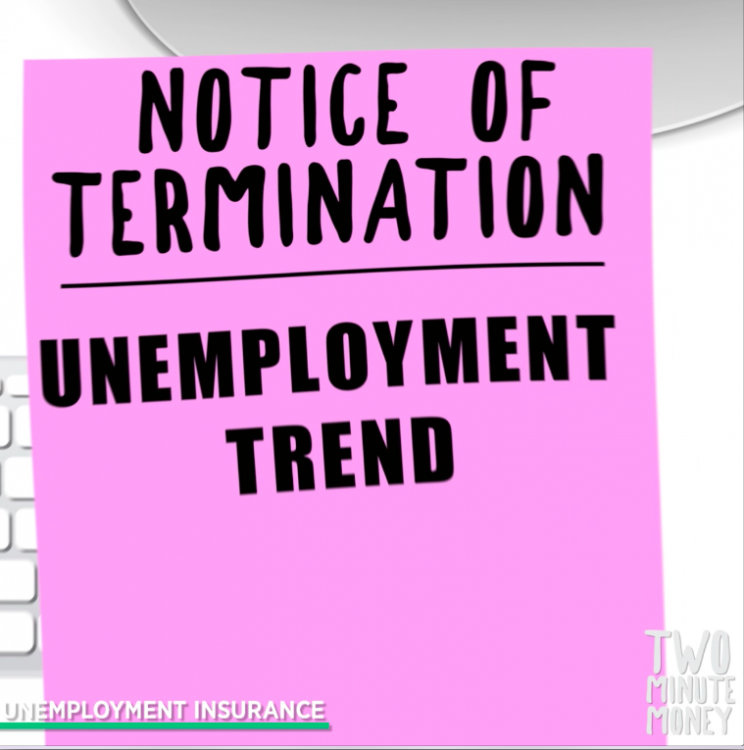Two Minute Money: How unemployment insurance can help keep you afloat
Welcome to Two Minute Money, Yahoo Finance’s new personal finance series offering quick explanations for some the the most important questions involving your money.
You’ve lost your job. Now what? Well, you’re technically unemployed, but there is a safety net in place to help you out: unemployment insurance.
Unemployment insurance is a joint venture between the federal government and your state that provides benefits while you’re looking for a job. The benefits come from the state but are funded by both federal and state taxes. Every state has different eligibility standards, but most look at how much you were earning and how long you worked at your last job.
California, for example, requires you to be physically able and available to work immediately and requires you to be actively looking for work. Most states require you to have earned enough wages in what’s called a base period, which is typically the 12 months directly before you file for unemployment payouts.

If you quit your job or if you got fired for misconduct, you won’t be eligible for unemployment payments, although some states will bend the rules if you quit for a “good cause.” The definition of that varies greatly from state to state.
The amount you’ve earned is what’s used to calculate how much you’ll be paid while claiming unemployment. For instance, New York calculates the amount you’ll receive by looking at the last 12 months and dividing the amount you earned in the highest paid quarter by 26. The cap is $430 per week, which is the most you’ll get from the state even if you earned more than that.
Your unemployment payouts are considered taxable income. You can choose to pay taxes quarterly or you can have taxes withheld from your unemployment payments. Either way, you’ll get a 1099-G form at the end of the year with the total amount you received which you’ll have to file with your tax return.
The average length of unemployment is 25 weeks, which is almost half a year! That’s an awfully long time to be without work, but the good news is that unemployment has decreased over the past two years. So if you find yourself out of work, don’t panic. Use your emergency fund and unemployment insurance to keep things afloat until you’re back on your feet.

 Yahoo Finance
Yahoo Finance 
